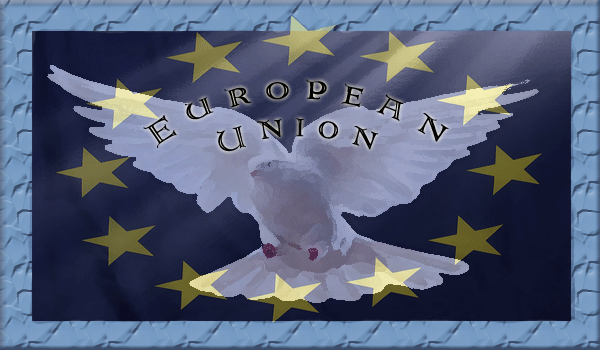
June 10, 2019
European Union Part 1
What is the EU, what is their importance and how is it different from the United Nations?
After WW1 & 2, there was an outcry in Europe to create some kind of vigilance to prevent another episode of war. In 1948, France, the Netherlands, Belgium, Luxembourg and Great Britain signed the Brussels Treaty, which set the terms for economic, social, cultural and especially collective self‐defense (the basis for the Western European Union). (Just a note‐a year later these nations (and seven others) went on to sign the North Atlantic Treaty which is the basis for the North Atlantic Treaty Organization (NATO). See our blog of 4/8 & 15/19 for more on NATO. Interestingly, NATO is also based in Brussels.)
Since coal and steel were imperative for war machines to run, those in leadership decided to form the European Coal and Steel Community (ECSC). This treaty (the 1951 Treaties of Paris) created free‐trade among the then six member countries. Those countries were Belgium, France, Italy, Luxembourg, the Netherlands, and West Germany. This was followed by the 1957 Treaties of Rome which authorized collaboration in atomic energy development, research, and application between member countries. It also opened up borders, provided fair trade markets by requiring governments to eliminate national regulations on preferred domestic industries and created the European Economic Community (EEC). Addressing the issues of social‐policy (meaning they concerned themselves with their member states response to the global challenges of social, demographic and economic change, poverty, migration and globalization) they saw a need to create the European Social Fund, prompting job opportunities by aiding workers′ the ability to easily move from location to location in order to obtain work.
By 1965 the EEC had combined all their committees consolidating them into one entity—re branding as the European Communities (EC). With the signing of the Maastricht Treaty in 1993, the EC officially became the European Union. Here is a three minute video on the history of the EU. The Maastricht Treaty strengthened the European parliament, created a central European bank, and implemented universal foreign and security policies within its members. The treaty also laid the groundwork for the establishment of a single European currency, to be known as, the euro. That treaty was signed by twelve nations: Great Britain, France, Germany, the Irish Republic, Spain, Portugal, Italy, Greece, Denmark, Luxembourg, Belgium, and the Netherlands.
Today, the EU is made up of 28 member countries
Today, the EU is made up of 28 member countries which include Austria, Belgium, Bulgaria, Croatia, Cyprus, the Czech Republic, Denmark, Estonia, Finland, France, Germany, Greece, Hungary, Ireland, Italy, Latvia, Lithuania, Luxembourg, Malta, the Netherlands, Poland, Portugal, Romania, Slovakia, Slovenia, Spain, and Sweden. (As discussed in last week′s blog, the citizens of the United Kingdom voted to leave the EU after 43 years.)
The importance of the EU in today′s world?—Lord willing, we should be discussing this question, along with problems besetting the EU and possible solutions next week.
Sources: